Are you a plant lover? Do you have hanging plants in your home or garden? Don’t worry, taking care of hanging plants is not as difficult as it seems.
Hanging plants are a beautiful way to enhance indoor and outdoor spaces, adding greenery and a touch of nature to any environment. However, keeping them healthy and thriving requires proper care and attention. From selecting the right location to ensuring adequate watering, hanging plants have unique needs that differ from traditional potted plants. With a little knowledge and effort, you can maintain vibrant, flourishing hanging plants that will bring life and charm to your home or garden.
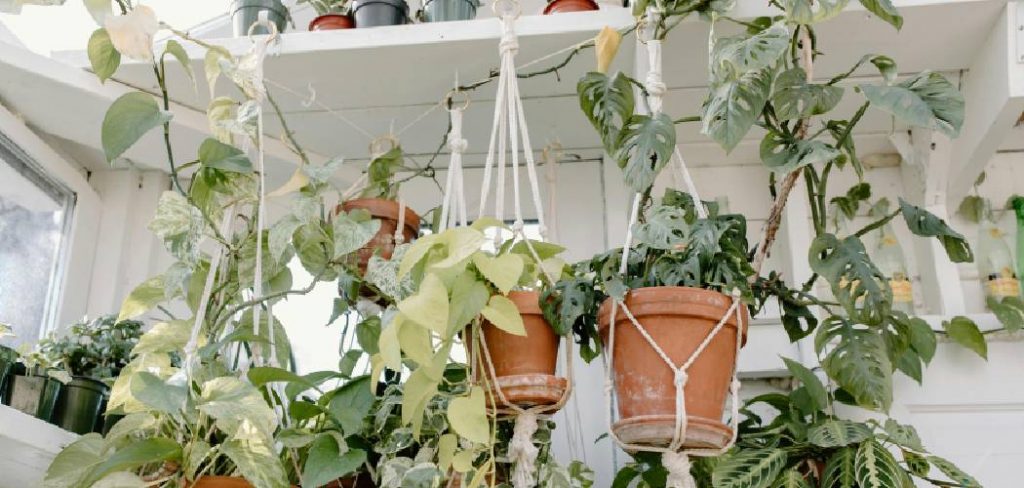
In this guide on how to take care of hanging plants, we will discuss the essential steps and tips for keeping your hanging plants healthy and happy.
What Are the Benefits of Hanging Plants?
Before we dive into the care and maintenance aspect, it’s important to understand why hanging plants are a great addition to any space.
- Aesthetics: Hanging plants add a touch of greenery and beauty to any indoor or outdoor space. They can instantly brighten up a room and create a more inviting atmosphere.
- Save Space: If you have limited floor space, hanging plants are an excellent solution as they don’t take up any ground area.
- Air Purification: Many indoor plants, including hanging ones, act as natural air purifiers by absorbing toxins and releasing clean oxygen into the air.
- Stress Reduction: Studies have shown that being around nature or greenery can reduce stress and improve overall well-being. Having hanging plants in your home or workplace can bring a sense of tranquility and promote relaxation.
What Will You Need?
To create a beautiful hanging garden, you will need a few essential items:
- Hanging Pots: These pots can come in various materials such as plastic, ceramic, or terracotta. Choose ones with drainage holes at the bottom to prevent water from accumulating and causing root rot.
- Potting Soil: Use a well-draining potting mix that is specifically designed for indoor plants.
- Hanging Hooks: These hooks will be used to mount your hanging pots to the ceiling or wall. Make sure they are strong enough to hold the weight of your plants.
- Plants: Many types of plants thrive in hanging conditions. Some popular choices include pothos, spider plants, and Boston ferns.
- Watering Can: It’s important to have a watering can on hand to easily water your hanging plants without making a mess.
- Fertilizer: Hanging plants will benefit from occasional fertilization to encourage growth and blooming. Choose a balanced fertilizer designed for indoor plants.
- Pruning Tools: As with any plant, hanging plants may require occasional pruning to maintain their shape and health. Keep pruning tools such as scissors or shears handy.
- Plant Labels: If you have multiple hanging plants, it can be helpful to label them so you know which ones require more or less care.
10 Easy Steps on How to Take Care of Hanging Plants
Step 1. Choose the Right Plant
When selecting a hanging plant, consider the environmental conditions of your space, such as light levels, humidity, and temperature. Some plants thrive in bright, indirect light, while others can adapt to low-light conditions. Popular choices for hanging plants include pothos, spider plants, and string of pearls, each with unique care requirements. Additionally, think about the level of care you’re able to provide—some plants, like ferns, may need more frequent watering and attention, while others, like succulents, are more low-maintenance. Selecting a plant that suits both your space and lifestyle will ensure its growth and longevity.
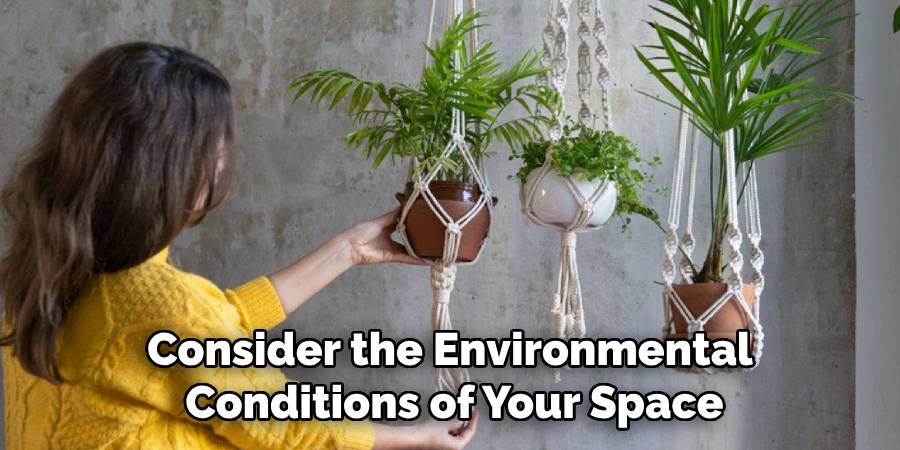
Step 2. Pick the Ideal Location
When deciding where to place your hanging plants, consider the light levels, temperature, and available space. Most plants thrive in bright, indirect light, but others may prefer low-light areas or even full sun, depending on their species. Be mindful of drafts from windows, doors, or air conditioning units, as sudden temperature fluctuations can stress plants. Additionally, ensure there is enough space for the plant to hang freely without it brushing against walls or obstructing walkways. A well-chosen location will not only highlight your plant’s beauty but also support its healthy growth.
Step 3. Use the Proper Potting Mix
Choosing the right potting mix is crucial to the health of your hanging plant. Different plants have varying needs, so it’s important to select a mix tailored to your plant species. For example, tropical plants often thrive in a mix that retains moisture while still providing good drainage.
On the other hand, succulents and cacti require well-draining soil to prevent root rot. Adding components such as perlite, peat moss, or sand can help adjust the texture and drainage of the mix. Avoid using garden soil, as it can compact easily and hinder root development. A quality potting mix will provide the nutrients and moisture balance your plant needs to grow strong and vibrant.
Step 4. Water Regularly, But Don’t Overdo It
Watering is a critical aspect of plant care, but striking the right balance is essential. Overwatering can lead to root rot and other issues, while underwatering can cause your plant to dry out and wilt. Check the top inch of soil before watering—if it feels dry, it’s time to give your plant a drink.
Use a watering can with a narrow spout to ensure a controlled flow, and allow excess water to drain out of the bottom of the pot. Avoid letting your plant sit in standing water, as this can suffocate the roots. Each plant has unique watering needs based on its species, environment, and the season, so take time to research and observe your plant’s preferences for optimal care.
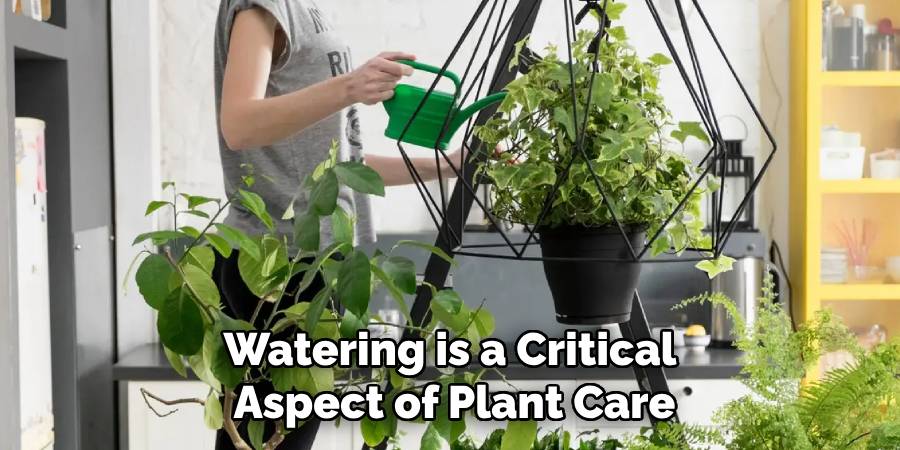
Step 5. Provide Adequate Humidity
Many houseplants originate from tropical environments where humidity levels are high, so mimicking these conditions is crucial for their health. To increase humidity, consider misting your plants regularly with water or placing a tray filled with water and pebbles beneath their pots. Grouping plants can also create a microclimate of higher humidity.
Additionally, using a humidifier is an effective way to maintain consistent moisture in the air, especially during drier months. Monitor your plants closely for signs of low humidity, such as browning leaf edges, and adjust your approach as needed to keep them thriving.
Step 6. Fertilize for Growth
Proper fertilization is key to ensuring healthy, vibrant plants. Choose a fertilizer suited to the specific needs of your plant species, as different plants require different nutrient balances. For most houseplants, a balanced, water-soluble fertilizer applied during the growing season can promote strong growth. Be sure to follow the recommended application rates to avoid over-fertilizing, as this can lead to nutrient burn and damage your plants. During the dormant months, reduce or halt fertilization, as plants require fewer nutrients when they are not actively growing.
Step 7. Prune as Needed
Pruning is an essential aspect of keeping your plants healthy and aesthetically pleasing. Regularly inspect your plants for dead, damaged, or yellowing leaves, as these can sap energy from the plant and hinder growth. Use clean, sharp scissors or pruning shears to make precise cuts, removing any unwanted parts. For plants with a bushy or leggy appearance, selective pruning can encourage a more balanced and appealing shape. Pruning also promotes air circulation and reduces the risk of pests and diseases.
Step 8. Rotate Periodically
Rotating your plants periodically is essential for ensuring even growth and exposure to light. Indoor plants often grow toward the light source, which can result in uneven or lopsided growth. By turning your plants every few weeks, you allow all sides to receive equal light, promoting a balanced and symmetrical appearance. This simple habit also prevents certain parts of the plant from becoming overexposed while others remain underdeveloped. Incorporating rotation into your plant care routine will help maintain healthier, more attractive greenery.
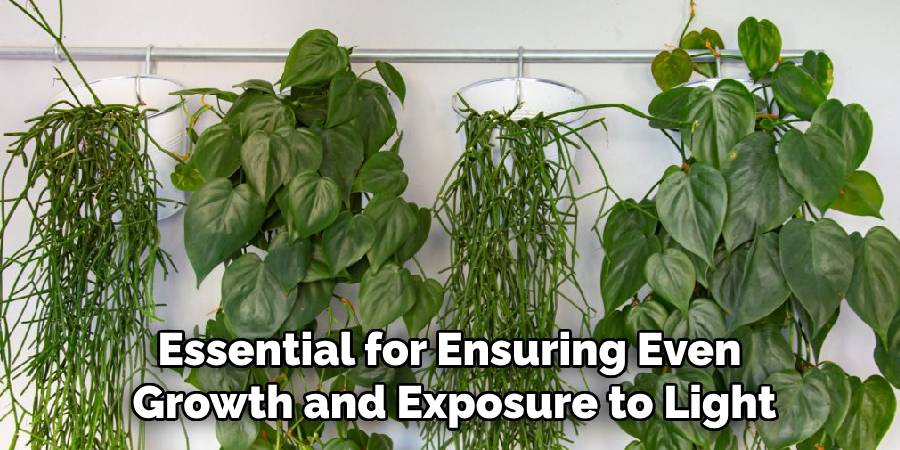
Step 9. Keep an Eye Out for Pests
Pests can cause significant damage to your plants if left unchecked, so regular monitoring is essential. Common indoor plant pests include spider mites, mealybugs, and aphids, which can weaken plants by feeding on their sap. To detect infestations early, inspect both the tops and undersides of leaves, stems, and soil regularly.
Look for signs such as discoloration, sticky residue, or tiny webbing. If pests are spotted, promptly isolate the affected plant to prevent the spread and treat it with natural remedies like neem oil or insecticidal soap. Staying vigilant and addressing issues quickly will help protect your plants and keep them thriving.
Step 10. Repot When Necessary
Repotting your plants is an essential part of their care and long-term health. Over time, plants can outgrow their pots, leading to root-bound conditions where roots circle the container and restrict proper growth. Signs that your plant needs repotting include slowed growth, roots emerging from drainage holes, or soil that dries out too quickly. Choose a pot that’s one size larger and ensure it has adequate drainage. Use fresh potting mix suitable for the plant’s needs, and handle the roots gently during the transfer to reduce stress.
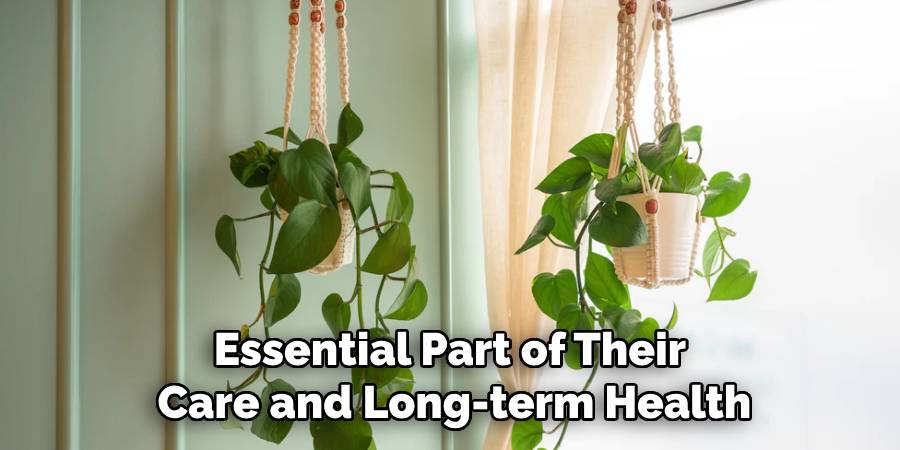
By following these steps, you can ensure that your plant will continue to thrive in its new home.
Conclusion
How to take care of hanging plants requires attention to their specific needs, but with proper care, they can elevate any space with their beauty and lushness.
Regular watering, appropriate lighting, and occasional fertilizing are key to keeping them healthy. Make sure to choose plants suited for your environment and monitor them for signs of pests or diseases. Pruning and trimming help maintain their shape and promote healthy growth. Finally, proper placement and using the right soil type ensure they flourish in their suspended setting.
By dedicating some time and care, your hanging plants will thrive and add a touch of nature to your home or garden.
About
Jennifer Branett is a distinguished figure in the world of Garden design, with a decade of expertise creating innovative and sustainable indoor solutions. His professional focus lies in merging traditional craftsmanship with modern manufacturing techniques, fostering designs that are both practical and environmentally conscious. As the author of garden, Jennifer delves into the art and science of garden-fix, inspiring artisans and industry professionals alike.
Education RMIT University
(Melbourne, Australia) Associate Degree in Design (Jennifer Branett) Focus on sustainable design, industry-driven projects, and practical craftsmanship. Gained hands-on experience with traditional and digital manufacturing tools, such as CAD and CNC software.
Nottingham Trent University
(United Kingdom) Bachelor’s in Garden and Product Design (Honors) Specialized in product design with a focus on blending creativity with production techniques. Participated in industry projects, working with companies like John Lewis and Vitsoe to gain real-world insights.Publications and Impact
In indoor, Jennifer Branett his insights on Garden design processes, materials, and strategies for efficient production. His writing bridges the gap between artisan knowledge and modern industry needs, making it a must-read for both budding designers and seasoned professionals.
